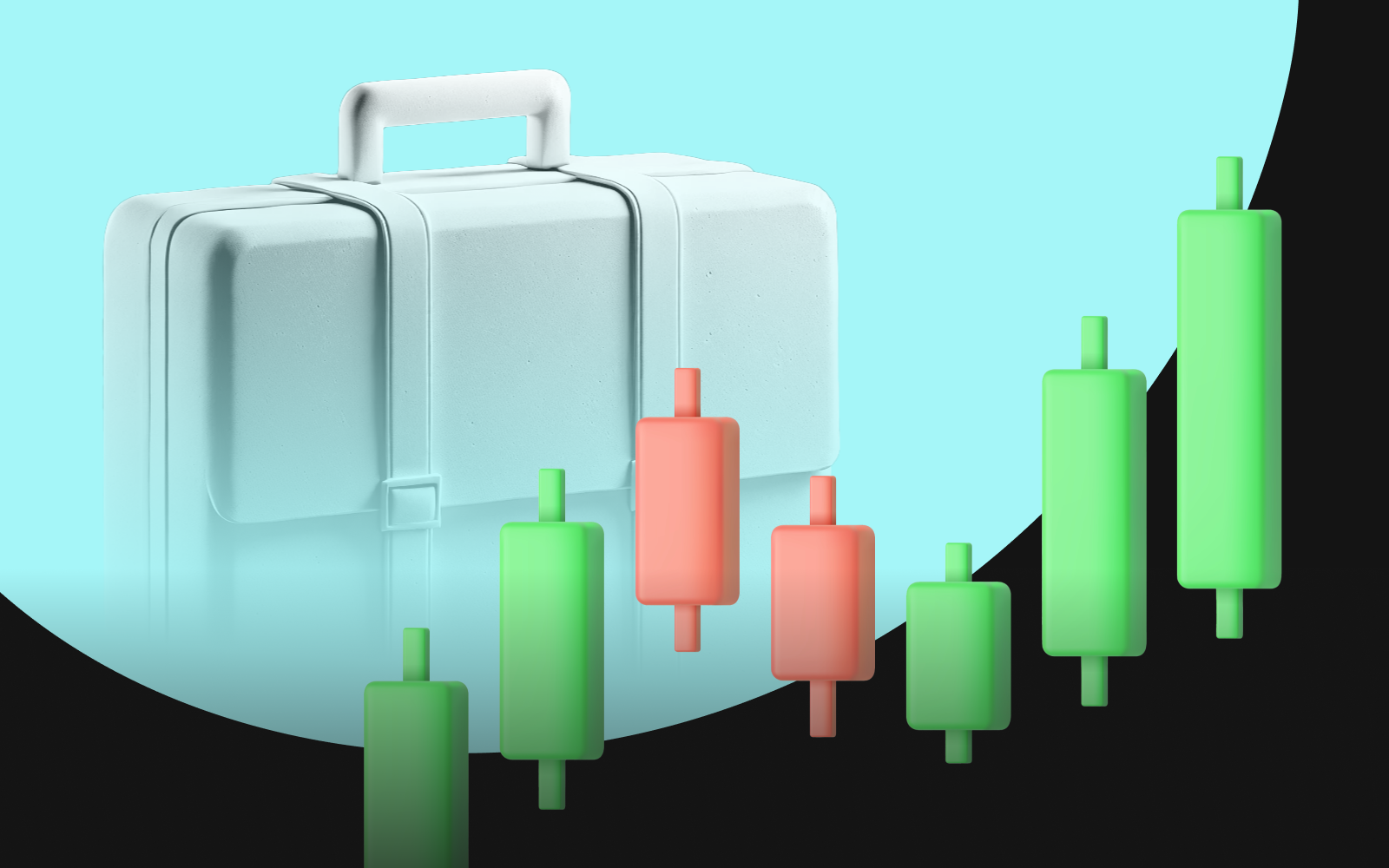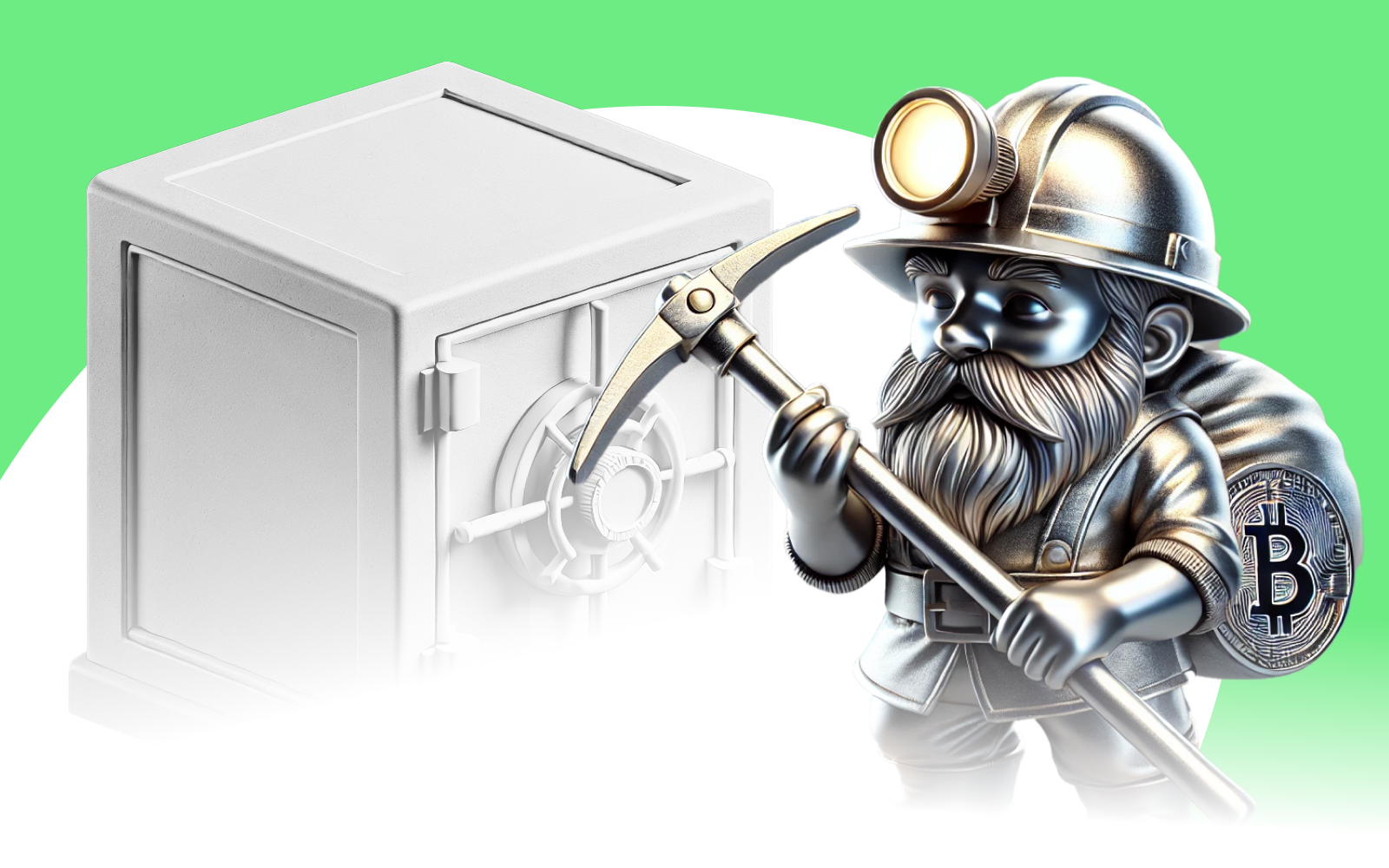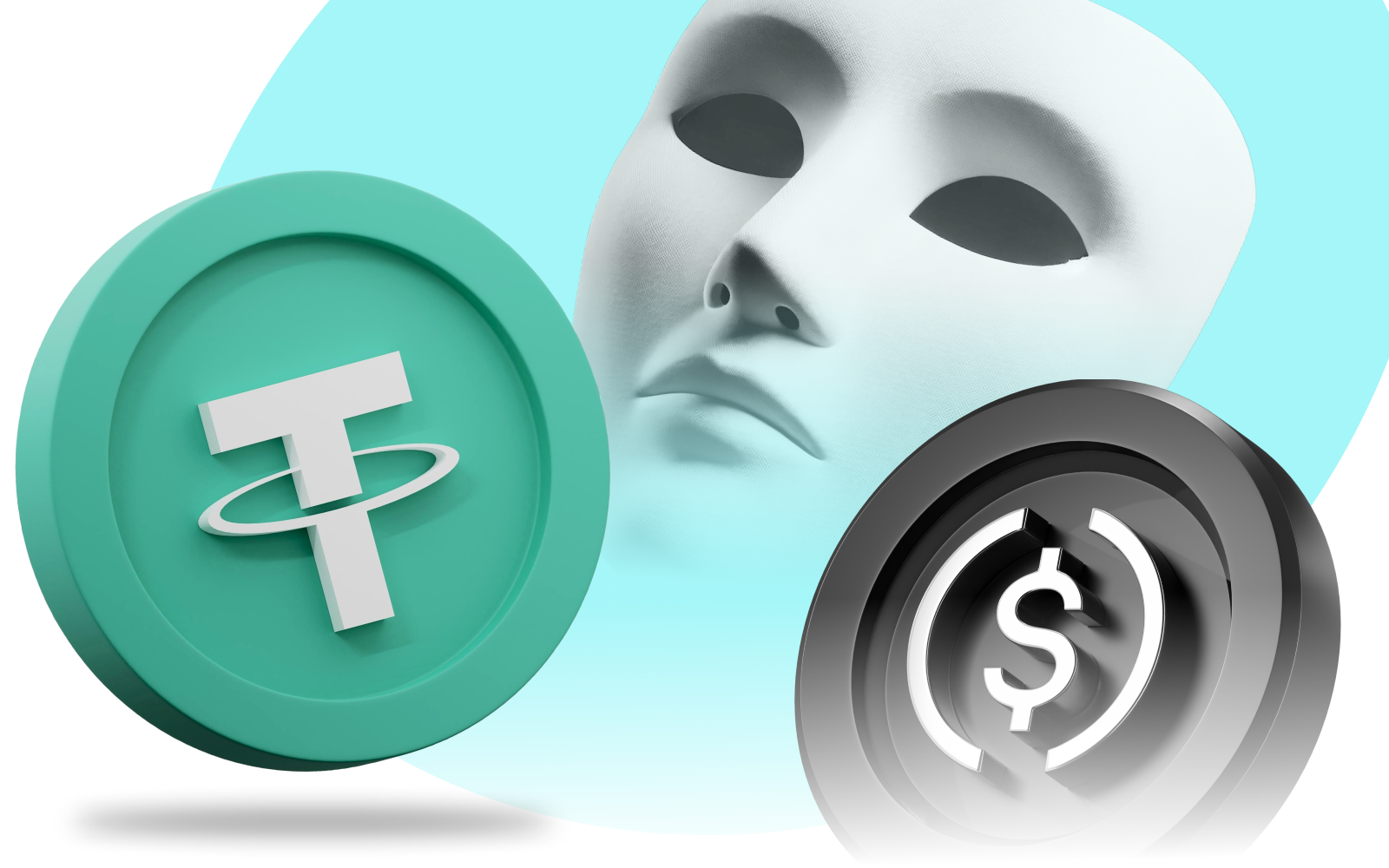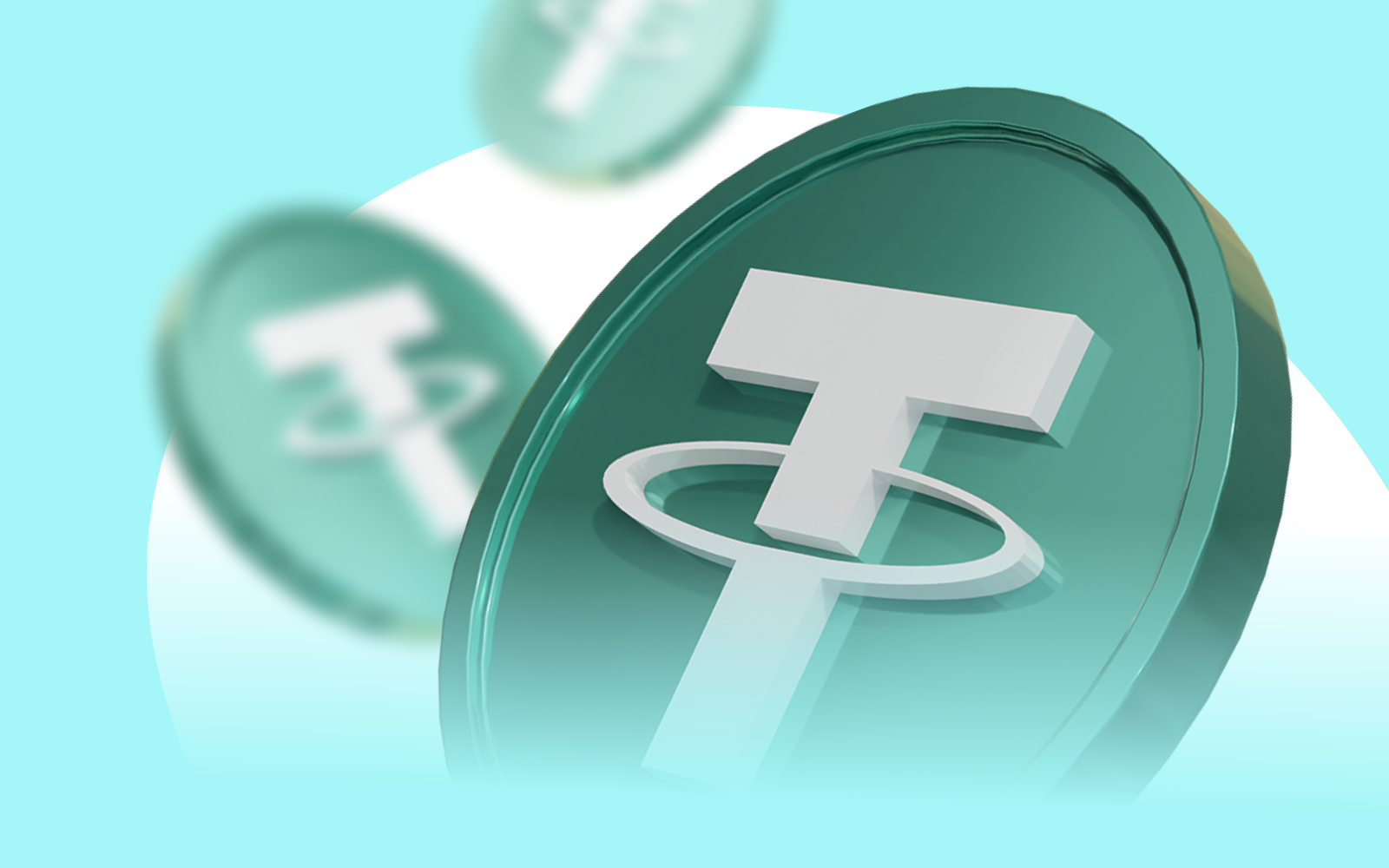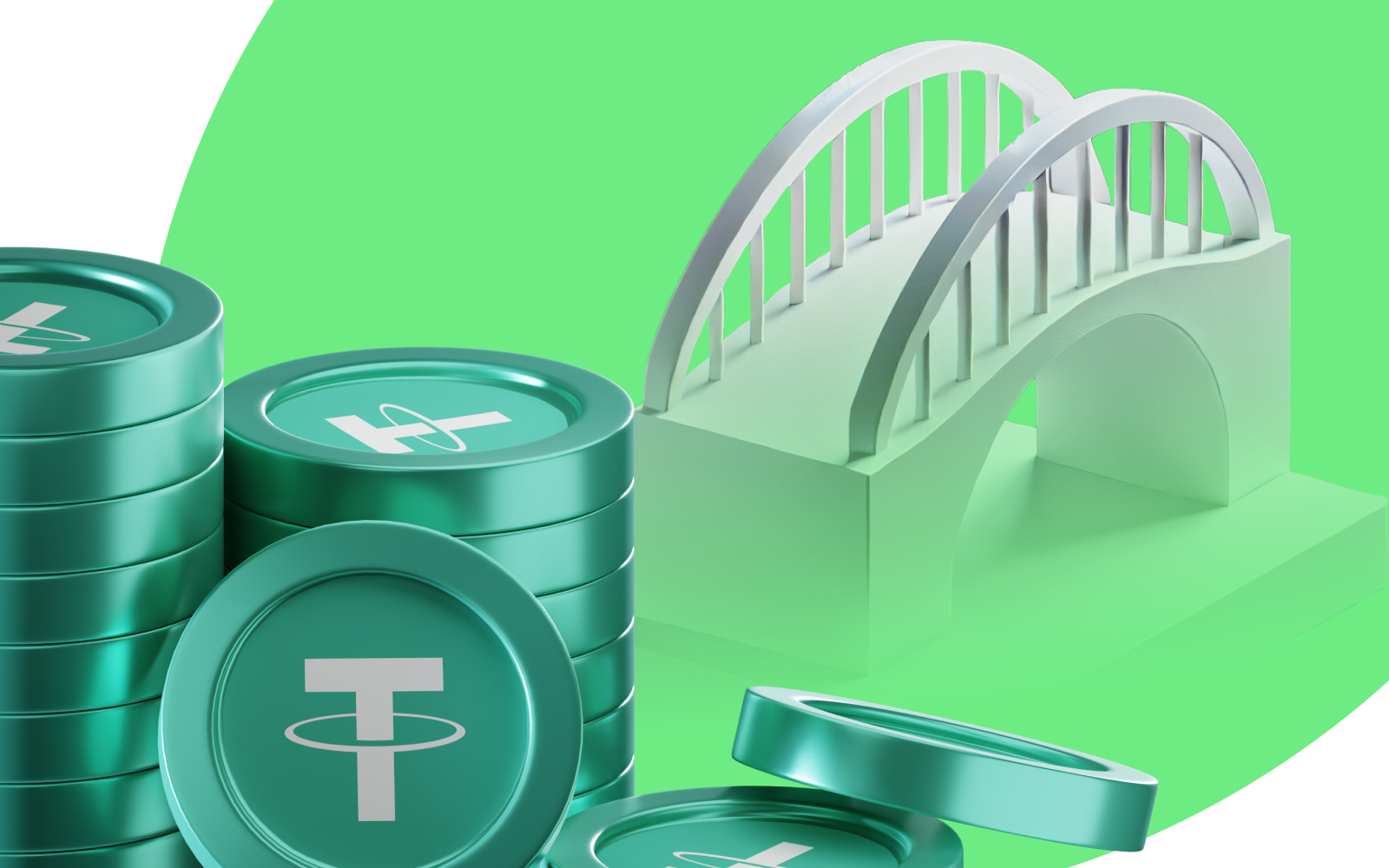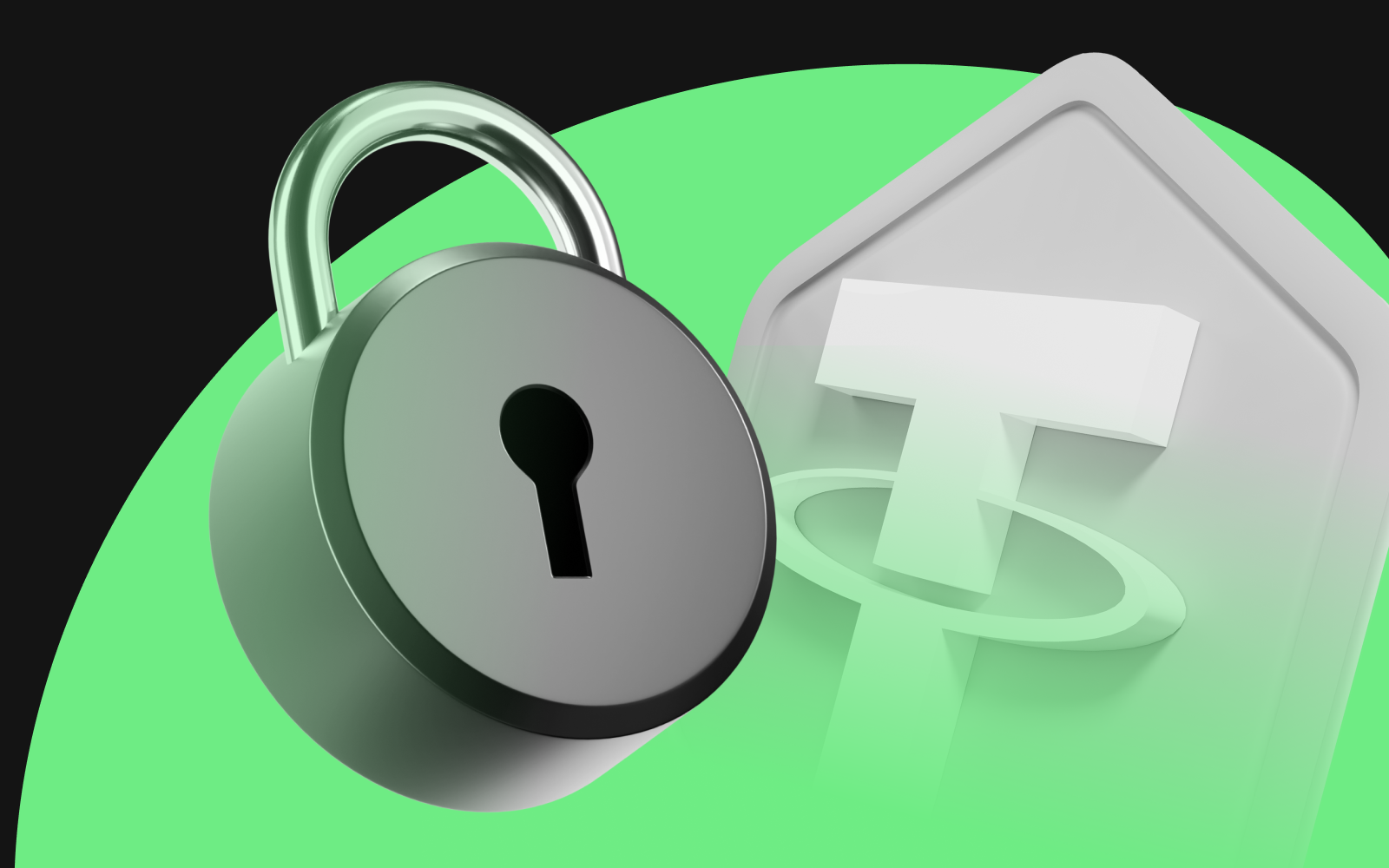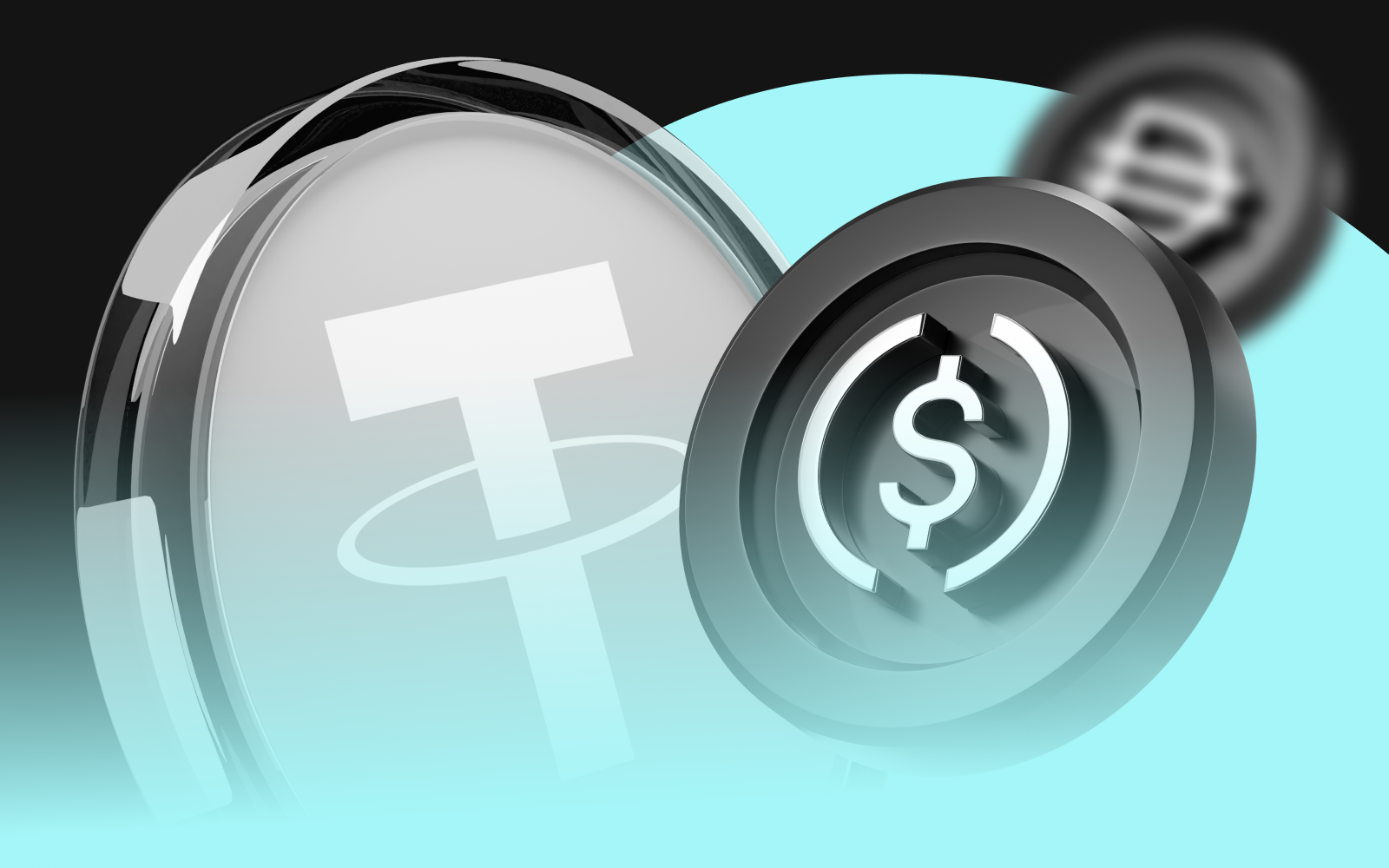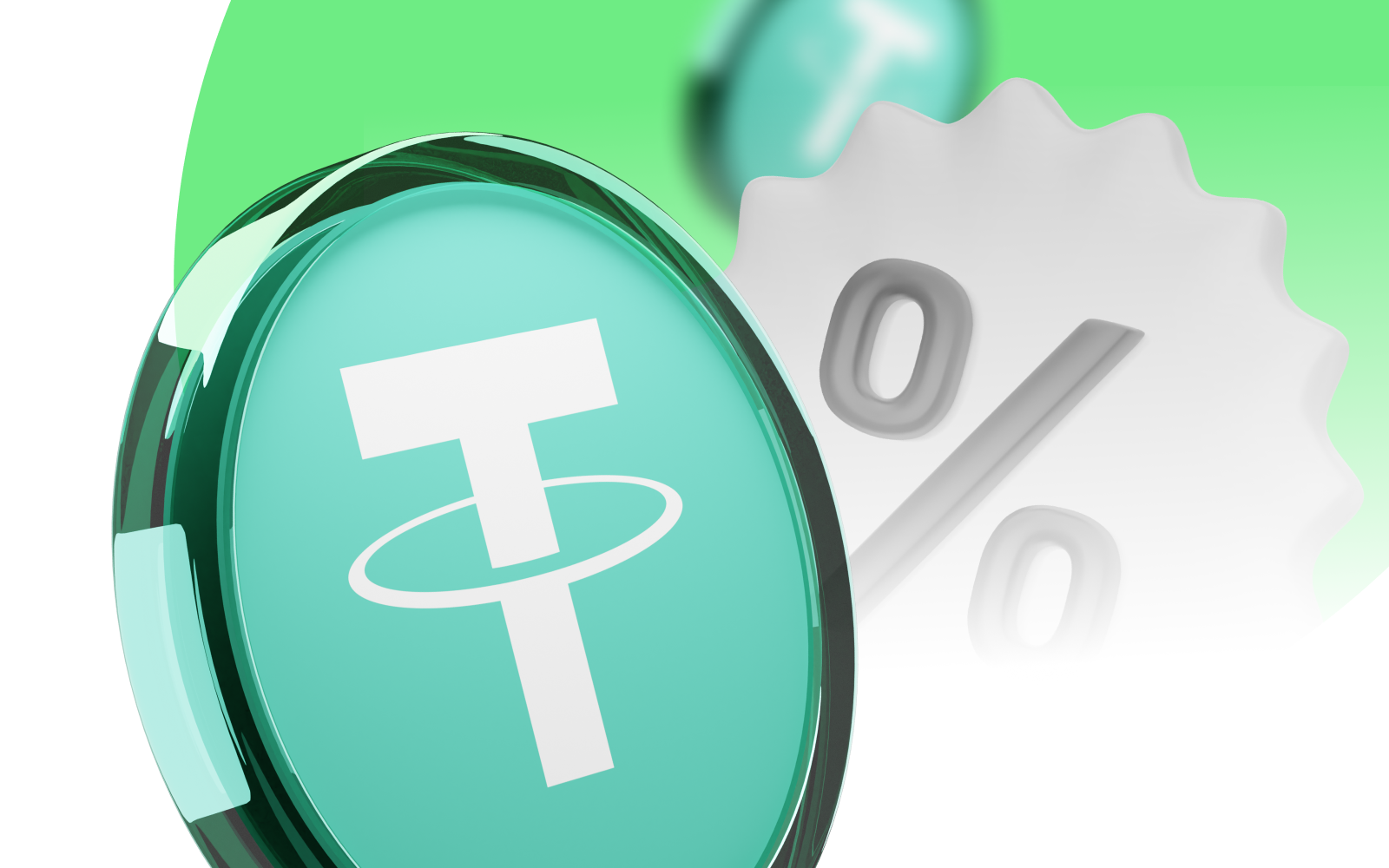
There are several ways people become USDT holders: someone consciously goes into the world of cryptocurrencies and understands it, looking for opportunities to earn additional income in the form of lending, staking, and others, and someone almost "accidentally" - starts working in a company where remuneration is paid in stablecoins, or gets additional income for a side job.
USDT staking seems to be one of the possible ways to earn money with stablecoins, but it is worth understanding whether it is really possible and, if so, how it works.
Tether (USDT) serves the crypto market as a hedge against the unpredictable price swings of other cryptocurrencies within an investment portfolio. Beyond stability, they're frequently employed for cross-border transfers, engaging in decentralized finance (DeFi) protocols, and facilitating lending activities.
Additionally, stablecoins like USDT can help stabilize the value of transactions, reducing volatility and promoting confidence among users and Decentralized Application (dApps) developers.
Can I stake USDT?
To get the gist of if anyone can stake USDT, we must first understand the technology behind it. Ranked 3rd in the cryptocurrency market cap list per Coingecko data, Tether, known by the ticker USDT, is a stablecoin tethered to the U.S. dollar, and supported by Tether's reserves.
It is issued by Tether, a venture owned by iFinex, the Hong Kong-registered entity behind the cryptocurrency exchange BitFinex.
At the start of April this year, Tether expanded its Bitcoin holdings, acquiring an additional 8,889 BTC. This acquisition boosted its total reserves to over 75,000 BTC, valued at about $4.73 billion at the time of writing, and the reserves secured Tether’s position as the seventh-largest BTC holder.
Why is staking USDT referred to as ‘lending’
Tether was initially created on a Bitcoin-based transport protocol known as the Omni layer. As it was developed from Bitcoin’s standpoint, Tether harbors security levels present in the largest cryptocurrency by market cap’s network.
Later on, Tether integrated Ethereum’s network into its systems to foster mass adoption, although the USDT TRC-20 model currently has the highest USDT circulating supply, per Coinmetrics data.
-740x486.png)
Stablecoin Market Cap. Source: Coinmetrics.io
Even though Tether leverages several chains such as Ethereum, Binance Chain, and TRON, USDT does not exactly have an underlying Proof-of-Stake blockchain (PoS), so you can only stake USDT (Tether) through various platforms that offer staking services.
The essence of “How to stake USDT” lies in lending, and its exact form depends on the platform used:
- Lending for CEX (Centralized Exchange);
- Liquidity pool for DEX (Decentralized Exchange);
- Lending pools for Lending protocols
When minting LP tokens in DEX, the user makes a commitment to sell asset A for asset B under a programmatically defined price. In exchange for this obligation, he receives trading fees.
In centralized exchanges, the platforms act as middlemen picking the tokens from lenders and offering them to borrowers, who are required to pay interest and offer collateral before taking the loan. The interest paid is split between the lender and the platform, which charges a fee in the form of operational costs.
On the flipside, in decentralized exchanges, there are no middlemen. Instead, immutable code in the form of smart contracts executes the needed logic. In lending protocols, it programmatically matches deposited capital with borrowers' demand, while controlling for collateralization and interest payments. In the case of DEXes smart contracts programmatically define rules of pricing, charging, and distributing fees, while using tokens of depositors to allow permissionless trading between assets.
The locked assets are then availed to borrowers who take them as loans after providing collateral assets. Borrowers are also required to pay an annual percentage rate (APR) fee to lenders.
Maintaining a 1:1 peg
According to Coingecko’s insight on Tether, The stability of the USDT peg is upheld through a one-to-one collateral ratio and it's supported by a redemption mechanism, that can be used by wide range of users. Tether asserts that each USDT in circulation is fully backed by tangible fiat currency in their reserves.
These balances are publicly disclosed on Tether's Transparency page. Tether Limited serves as a third-party custodian for the fiat currencies supporting USDT. Therefore, the reserves have been a topic of scrutiny and regulatory attention.
Since its inception, Tether (USDT) has predominantly maintained a stable value, hovering around $1. However, there have been instances where external factors led to temporary deviations from this peg. Nonetheless, almost immediately after such events, USDT has consistently rebounded and restored its peg after such fluctuations, including occasions where its value surpassed $1.
USDT has remained one of the most widely utilized assets in crypto trading pairs, much more than any cryptocurrency, for the longest time.
USDT holdings
Owing to its large reserves, and falling third in the cryptocurrency market cap ranking per Coingecko data, USDT has a high market activity with a 30-day average of over 5 million active addresses.
Here’s a chart breaking down USDT holdings by addresses:
-740x486.png)
William Quigley, co-founder of Tether, believes the tokenization of fiat currencies, such as the U.S. dollar into USDT, represents a monumental innovation comparable to the creation of fiat itself. This innovation is expected to unlock new possibilities in global finance in the future and beyond.
In a recent interview, the co-founder said holding USDT could offer ways to earn interest or a yield soon, but for now, people are somewhat content with tokenization and don’t mind foregoing earning interest on their investments.
Factors to consider when selecting best place to stake USDT
Depositing USDT seems like a touch-and-go process, and with its values mimicking the value of the USD, investing in USDT may seem risk-free. However, there are some factors you should consider before taking any step towards USDT staking. Just like with any cryptocurrency, you can also lose your Tether holdings if you do not do your thorough research.
Here are some factors you should look at when searching for where to stake USDT:
Security and regulations
First and foremost, when selecting the best place to stake USDT, always prioritize security. Safeguarding your assets against potential threats posed by hackers and malicious entities is a no-brainer, and choosing a platform without concrete security protocols will highly likely make you incur losses.
Seek out staking platforms that utilize essential security measures:
- two-factor authentication,
- cold storage, and
- robust encryption protocols.
Additionally, verify that the platform undergoes third-party audits to ensure compliance with relevant laws and regulations.
Moreover, you should check on the platform's activities on market trackers such as Coingecko or DappRadar. Protocols with high trading volumes and activities are mostly the safest options.
Interest rates
Staking or lending platforms offer different rates of interest. Some offer APY rates of 2%, while others can go as high as 30%. That said, it is not usually advisable to make your decisions towards interest rates only.
Certain lending platforms might entice investors with exceptionally high APYs, and even though the deal might look good, such rates may have hidden or underlying risks.
Safe USDT lending typically delivers interest rates averaging around 10-15%, which by industry standards, presents a more stable and predictable investment opportunity.
Fees
Staking platforms generally implement fees to cover operational expenses, including transaction fees and sometimes, account management charges. Before making an investment, try to understand the fee structure of the platform you are considering, as this determines the portion of your earnings that won't reach your wallet.
Additionally, since staking involves locking funds, be on the lookout for potential early withdrawal penalties that could apply if you decide to withdraw your funds before a specified period.
Market risks
Searching for the best USDT staking options, you are certainly exposing yourself to risks, although it is very small in magnitude compared to cryptos like Bitcoin and Ethereum. Like any other investment in the financial world, USDT staking is not risk-free, and you may also lose money even just by holding it.
USDT staking or lending platforms rely on the collateral borrowers provide when they take the tokens as loans. Sometimes borrowers default, and the collateral given may have fluctuated in value, which brings losses to the staking platform. If the pool you chose does not have enough funds to pay you back, then all may be lost.
